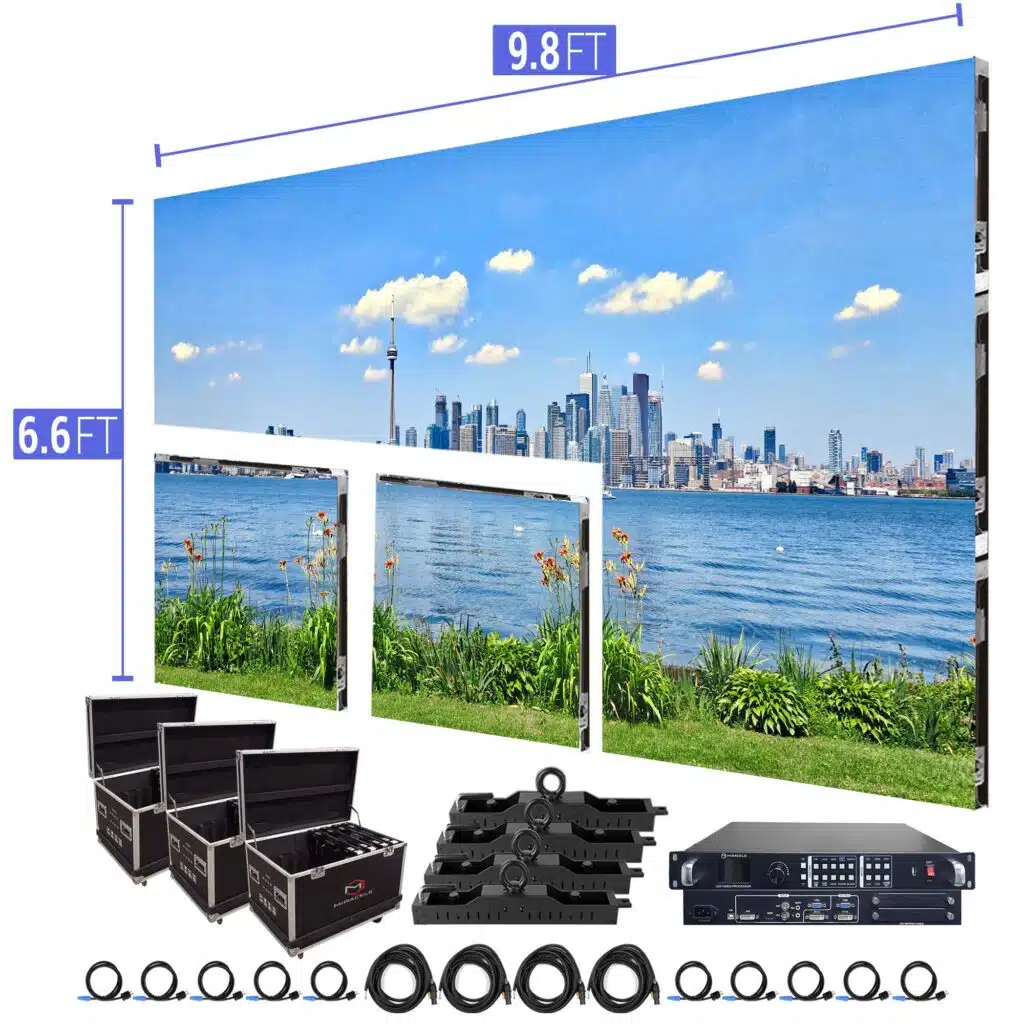Optimizing Output and Durability By Implementing Efficient Thermal Management in Digital Wall Systems
Wiki Article
LED panel panels are more and more prevalent across various fields, such as promotion, entertainment, along with also home design. Modern panels deliver vivid, dynamic presentations that can attract interest and enhance viewing impact. However, one key consideration of maintaining their performance and lifespan is efficient thermal dissipation. When LED screens operate, they produce temperature rise. When this excess temperature is not managed properly, it can lead to diminished luminance, chromatic accuracy, and possibly a reduced lifespan for the panels. Consequently, understanding how to effectively manage heat is crucial for optimizing the performance of LED display panels.

Heat control in Light Emitting Diode applications refers to the techniques applied to manage and minimize the surplus thermal energy created during function. One common method involves compounds with strong thermal conductivity, including alloy or copper. These components can efficiently transfer temperature out of the light-emitting parts, keeping the working temperature at a safe level. Furthermore, the design of lighting modules holds a crucial part in heat regulation. Systems that incorporate cooling fins or cooling systems allow warm currents to dissipate while pulling in cold air, additionally assisting with temperature control.
Another critical consideration in effective thermal dissipation is appropriate installation and positioning of luminescent modules. Ensuring that there is sufficient room near the panels enables enhanced circulation, which assists in cool them effectively. It is also important to refrain from placing LED screens in sealed environments where thermal energy can become accumulated. Instead, they should be installed in locations with adequate air circulation to promote optimal cooling. Experts often advise placing LED displays at a distance from intense UV rays or other heat sources to prevent overheating.
Routine upkeep of Light More Info Emitting Diode modules is also essential for ensuring efficient thermal dissipation. Particles and residue can collect on the outer layer of the panels and throughout their components over time. This accumulation can limit airflow and reduce the system’s capability to cool effectively. Cleaning the surfaces regularly and ensuring that any internal components are without blockages will support sustain peak operation levels. Additionally, checking for any signs of deterioration or defects can aid preventing thermal issues risks before they become severe failures.
To conclude, proper temperature control is crucial for optimizing both the functionality and lifespan of LED displays. By employing metals with superior conductive properties, providing correct setup and arrangement, and carrying out routine servicing, users can significantly enhance their luminescent results. Applying these practices not only assists in sustaining the integrity of their website the screens but also contributes to energy efficiency and sustainability in lighting solutions. With ongoing technological progress, prioritizing heat management will remain an critical aspect of employing luminescent modules to their maximum capability.